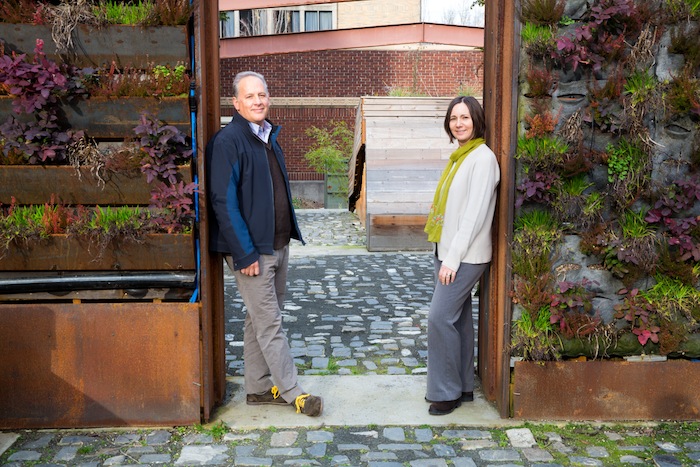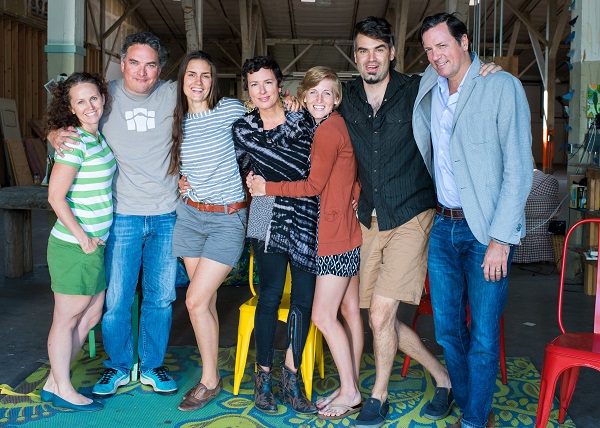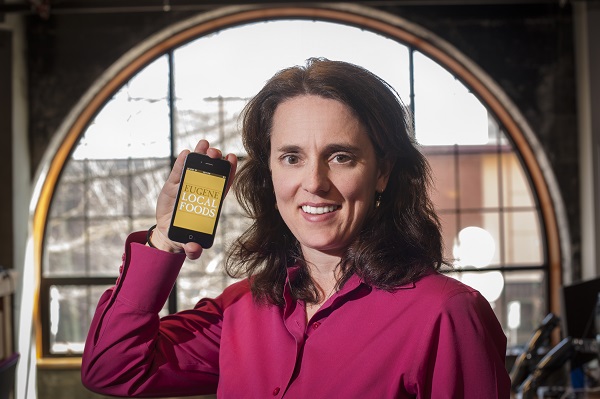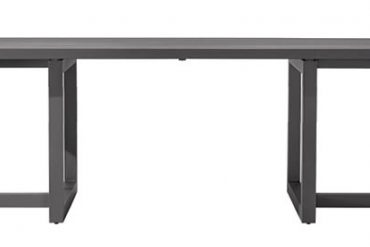Margarette Leite and her husband, Sergio Palleroni, were already looking into ways to make schools more sustainable when their daughter started fourth grade in a portable classroom at Portland’s Sunnyside Environmental School.
A lot of the parents were concerned about putting their kids in a portable classroom for the year. There were air quality issues and the potential for “sick building syndrome,” an illness thought to be related to chemical contaminants and inadequate ventilation. Architects and Portland State University professors both, Leite and her husband set out to remedy the problem by designing affordable and sustainable portable classrooms.
In 2009, at the university, they convened a day of activism called Rethinking the Portable Classroom. “We kind of threw everything at the topic,” says Leite.
Out of this came a prototype with solar-powered ventilation, larger windows for day-lighting, low- and no-VOC finishes, and sheet rock that actively converts VOCs into safe compounds. All said, the unit is 50 percent more energy efficient than a traditional classroom.
Since exhibiting this prototype at the Green Build convention in San Francisco in November, these portable classrooms have been highly sought. Distributors have jumped on board, and schools have submitted orders, including the Gervais School District’s call for ten portables. A failed November bond measure that would have funded construction of a middle school left the expanding Gervais district north of Salem with few options. Portable classrooms, however, neatly circumvent bond issuance for capital construction.
Traditional portable classrooms cost around $125,000. Even with all of the sustainable upgrades, these avant garde portables cost just 20 percent more.









